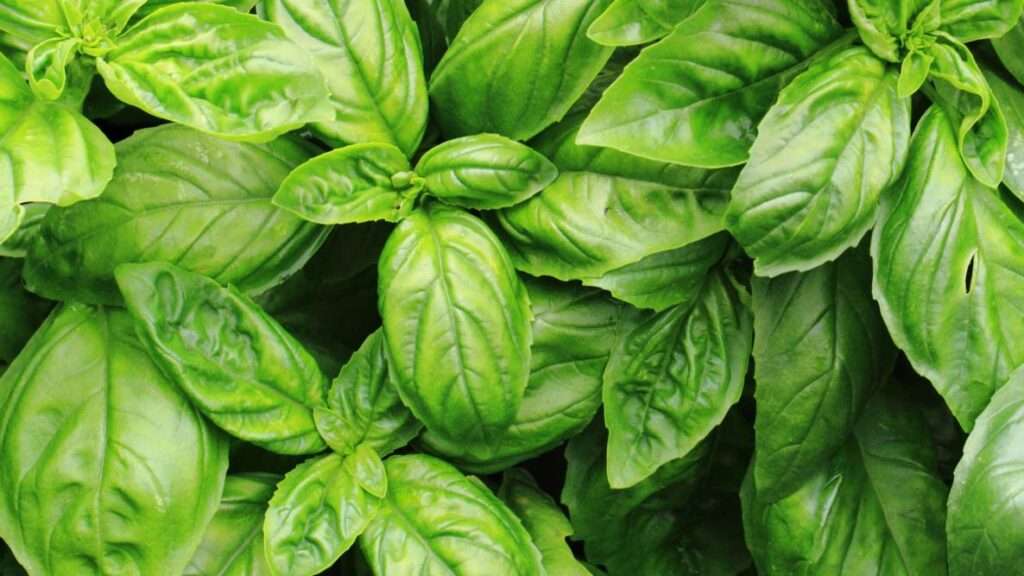
Description:
An annual herbaceous plant belonging to the Lamiaceae mint family is basil. Its leaves are spherical, slightly cupped, and curve to form a point at the tip of square stems that grow on opposite sides. The most widely grown kind of basil, known as sweet basil, is distinguished by its characteristic smell and gently cupped leaf margins that form a pointed end.
Habitat
Ocimum basilicum, sometimes known as common or sweet basil, is one of the most popular and easiest culinary herbs to produce. It is indigenous to the islands of the South Pacific and southern Asia and is a member of the mint family (Lamiaceae).
Uses
It is the basis of pesto and gives salads, pasta, pizza, and other dishes a unique flavor. This plant is widely used in Thai, Vietnamese, and Indonesian cooking. Sweet basil is a good source of vitamins, minerals, and antioxidants for the diet. Its essential oil might possibly be therapeutic.
Stomach spasms, appetite loss, intestinal gas, kidney problems, fluid retention, warts, worm infections, and head colds are all treated with basil. Bites from insects and snakes are also treated with it.

Plant Care
- Water
Basil needs around one inch of water per week and prefers to keep moist. To maintain deep roots and moist soil, give your plants a thorough watering at least once a week. Watering basil plants in containers more frequently is required. When growing basil in a container, you want to avoid the soil drying out.
- Full Sun:
For this basil, more sunlight is definitely a good thing! It grows best in an area that receives at least 6–8 hours of full sun per day, however it can handle a little amount of partial shade. If growing basil indoors, make sure each plant receives at least 30 watts of full-spectrum lighting. More light is required for indoor plants than for outside ones, so make sure to provide at least 10 to 12 hours of continuous light.
- Well-Draining and Fertile Soil:
While sweet basil can be produced in less-than-ideal conditions, fertile soils will yield the highest levels of growth and plant health. The perfect soil has ample drainage in addition to being rich in decomposed organic matter. Compost should be mixed into the topsoil of garden beds one month in advance for basil that will be planted in the ground. High-quality organic potting soil supplemented with perlite for drainage is ideal for container basil plants.
Table





